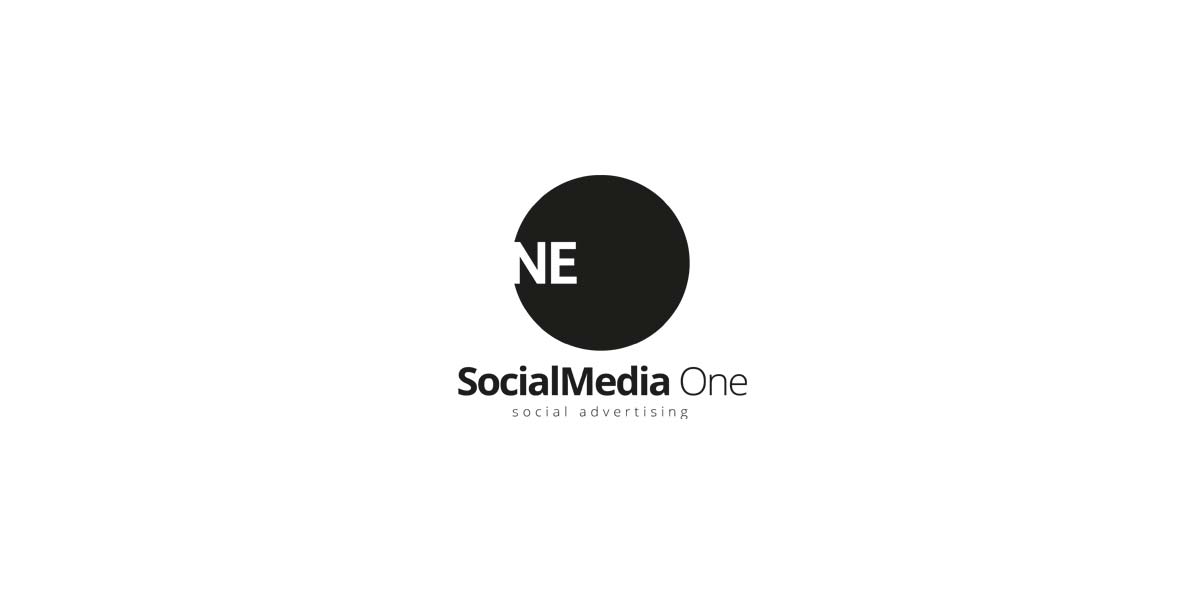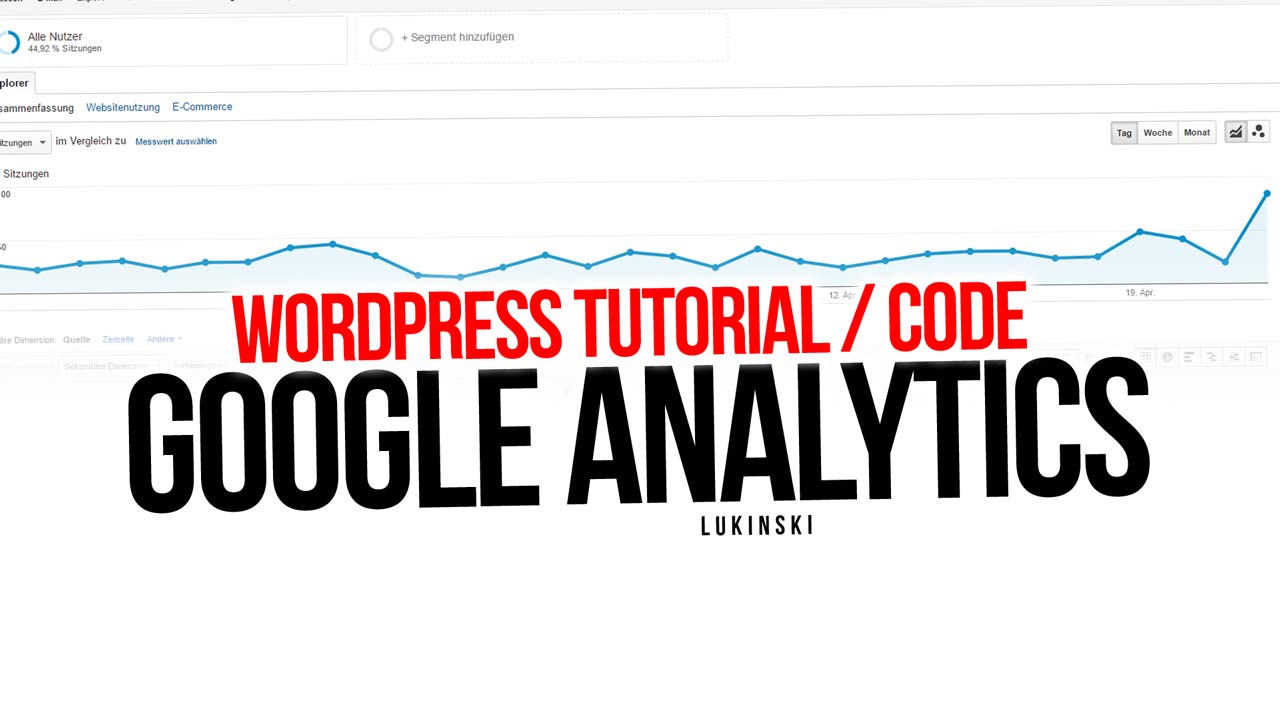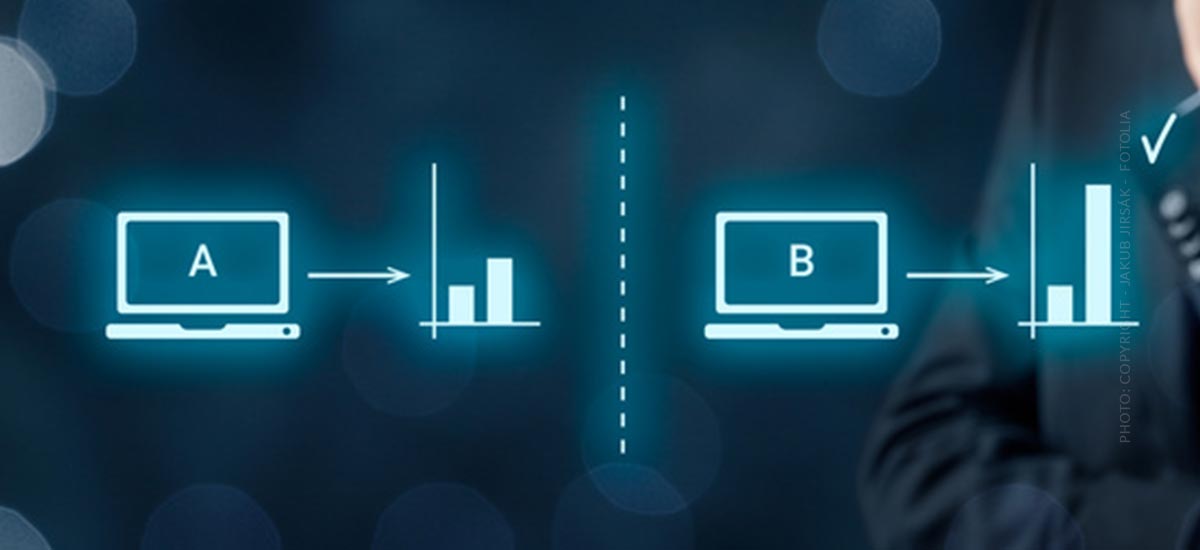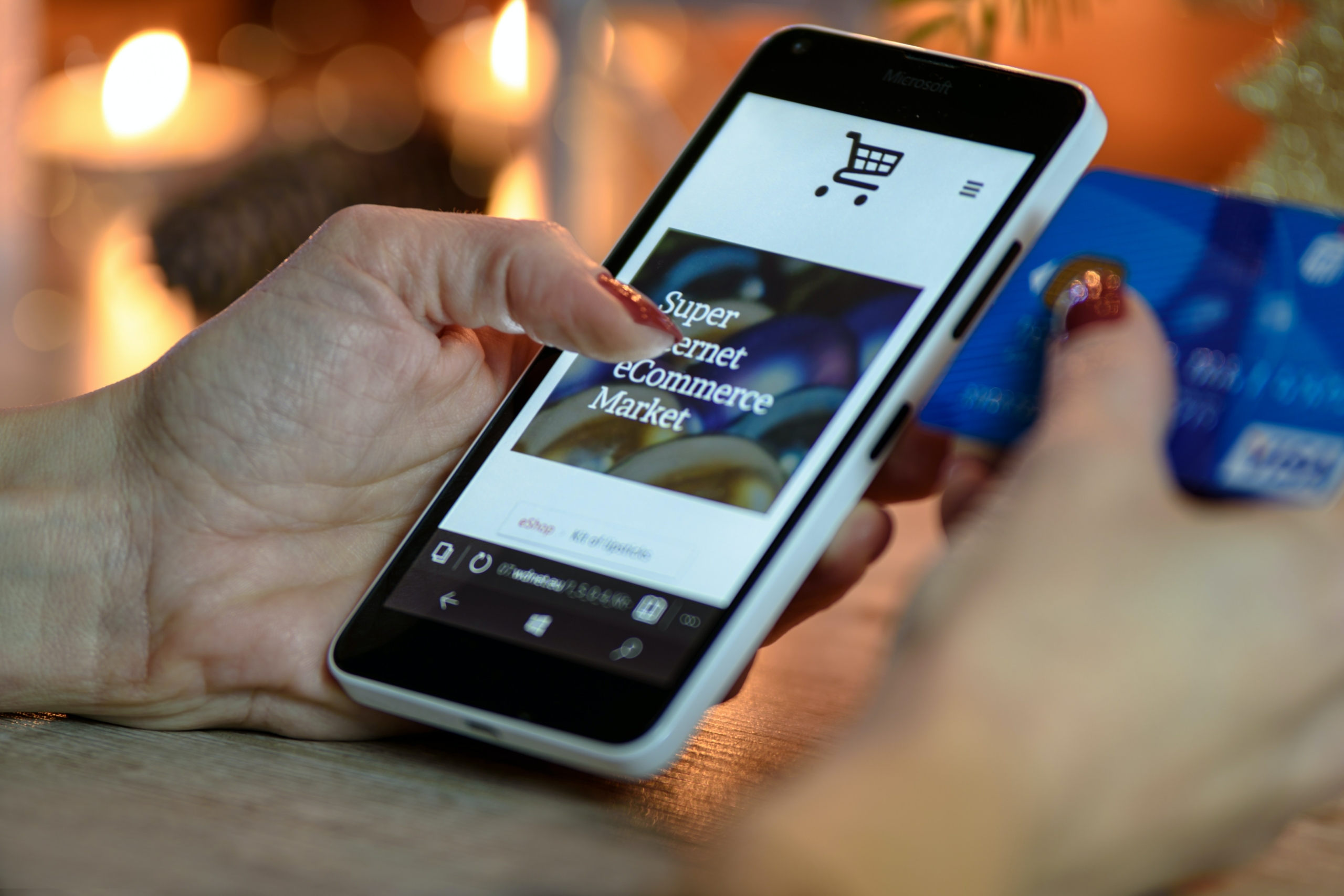Page views: Determine organic reach, Google Analytics and website views
Page views, so-called impressions, stand for sightings by individual persons. There are two different variants within the page views. On the one hand there are page impressions, these count every single page call, even if a user has opened our page twice, or even three times. Secondly, there are the unique impressions, where each user is counted only once. This number provides information about the actual reach achieved by a single page. The page views can refer to a single blog post, but also to the entire website. In search engine optimization, page views are used to define pages. That means certain pages that have high traffic and are optimized accordingly, for example to make the jump from 3rd to 2nd place and finally to 1st place. On the other hand, such frequently visited pages can of course also be used for monetization. E.g. by Affiliate, or also by Linkbuilding.
How to increase the page views?
There are two ways to increase page views. Organic range and paid range.
- What is a normal bounce rate? Here there is no correct answer, some pages are at 15%, others at about 90%. Especially those who have a lot of traffic (advisors, computers, etc.) attract many visitors who are looking for only one piece of information and leave the site directly.
- What is a Google Analytics session? A session is a visitor, i.e. a person who has visited your website or online shop.
- What is a measured value in Google Analytics? Measured values are different, from the jump rate to the click rate to the page views. As success factors they help to compare different single pages, e.g. articles in the blog, or products in the online shop.
Organic reach and organic growth
The organic reach consists of different methodologies, especially search engine optimization, but also community building in social networks. Both usually require a one-off investment, but have a lasting impact. Because by the good placement in the search engine, daily new visitors will come, every week, every month and naturally also every year, if the side is permanently strengthened. The initial investment is the biggest part here in search engine optimization, but also in social media marketing. The current operation is then limited to updates in the block or community management in the social media channel.
As soon as the reach has been built up, users can be targeted with the information of your company. Search engine optimization and community management, however, requires a lot of knowledge. Simply put, for you it means regular content, that is every day and of course regular interaction. For the search engine, you write new, informative articles every day, specifically on your subject area. In the social networks you share media that fit your topics, but also the links to your blog, for example for very good articles. If someone in the community responds, or leaves a comment on the blog, you should respond promptly. Of course, the algorithms of the search engine providers record the interactions, but also the algorithms of the social media providers.
The unbeatable advantage, once the community has been built up, once the search engine has been filled with good rankings, the effect is very lasting. Quite different from a paid range, where you constantly have to top up.
The disadvantage, organic growth is usually very slow. What’s the matter with you? Facebook alone has more than 1.5 billion users and, of course, an enormous amount of media content that is shared every day. Compared to the competition, which has been active for years, it is difficult to build a new brand from scratch. Of course there are small niche areas where much is still possible but the largest areas such as nutrition, diet, love, cars, real estate, everything is already there! So they need to be more creative, more informative, more community management, more interactive.
Payable range and growth
In contrast to organic range, the paid range can be very quickly increased. Organic reach is growing bit by bit, day by day. Paid reach can already provide 5,000,000 impressions tomorrow, i.e. page views by over 5,000,000 people.
Several millions in one day?
Much is possible with the necessary financial means. The question is, how long can you play? Advertisements are and only become effective when they have been tested. Different target groups, different ages, different interests. Graphics, texts and various regional differences. Which campaign is ultimately the most effective on which social network? Where is the best place to reach 30 to 35 year old men, 20 to 25 year old women and 40 to 45 year old men in relationship with a woman who wants to go on holiday?
Whew! A lot to do, a lot to plan and of course a lot to analyse. But that’s what paid advertising is all about. Optimize every day to end up with an extremely effective display that performs for 3, 6, or even 12 months. Campaigns with a high return of invest, about which we have already written in our social media blog, will be further expanded and provided with a further financial budget. Campaigns that have a low return of investment will be switched off and their available media budgets will be redirected to the good campaigns.
Paid reach has the unbeatable advantage of being targeted in terms of target groups, predictable in terms of reach and page views, perfect for analysis and evaluation.
The disadvantage, paid reach, provides only with good planning for simultaneous growth of organic reach. If the campaigns are not effectively planned, they cost a lot of money. Every day, every week, every month. After 6 months the amazement is big in many companies, when the own Facebook fans still stopped at 500, 600: “Instagram, YouTube, TikTok, we didn’t even try!”
Campaigns must be well thought out and, of course, pursue a strategy.










